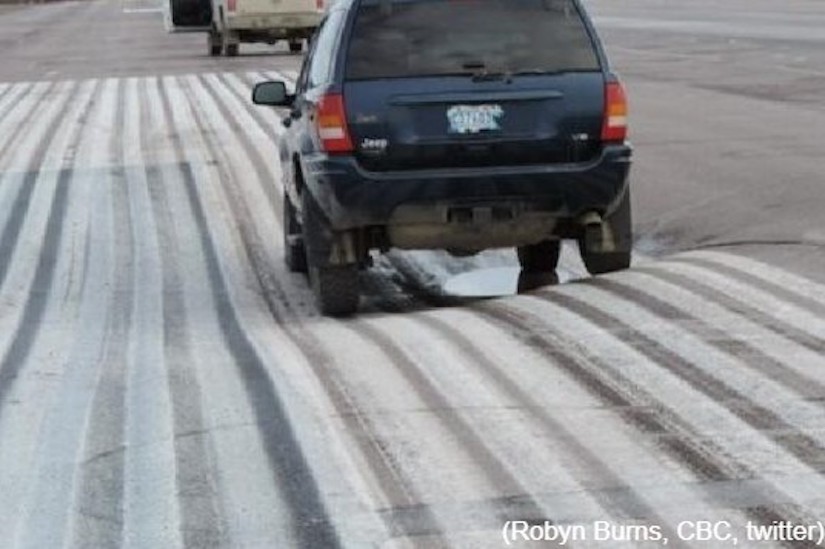Arctic Environments

More extreme weather- and climate-related events are expected in Artic regions as the climate continues to change. The frequency, intensity, spatial extent, duration, and timing of events are expected to increase while slow-onset incremental changes may lead to fundamental transformation of the socio-economic system in Artic environments. As the climate changes, risks for infrastructure failure will likely increase, due to shifting weather patterns and extreme weather conditions becoming more variable and regionally more intense. Small increases in weather and climate extremes have the potential to bring large increases in damages to existing natural and built systems. With the most warming rates globally, Arctic regions are experiencing changes in snow, ice, and permafrost because of increasing temperatures and changes in precipitation.
Worst still, Arctic regions are sparsely monitored, and available climate information are uncertain. We support the viability of critical human and natural systems by providing tailored climate indicators and impacts modelling for risk assessments, adaptation programming, and decision-making under uncertainty.
Our core services for Arctic Environments include:
- Weather monitoring, observation, and uncertainty analysis
- Northern-specific high-resolution gridded historical climate data sets
- Weather and climate estimation at ungauged sites
- Improvement of sub-seasonal and seasonal flood and droughts Early Warning Systems
- Hydrometeorological forecasting and model development
- Statistical and dynamical downscaling of northern climate change scenarios data
- Estimation of design storms and flows under climate change conditions
- Estimation of Probable Maximum Precipitation
- Computation of Probable Maximum Flood
- High-resolution modelling of weather and climate extremes
- Large-scale hydrological and water management modelling
- Climate impacts modelling of coupled human-natural systems